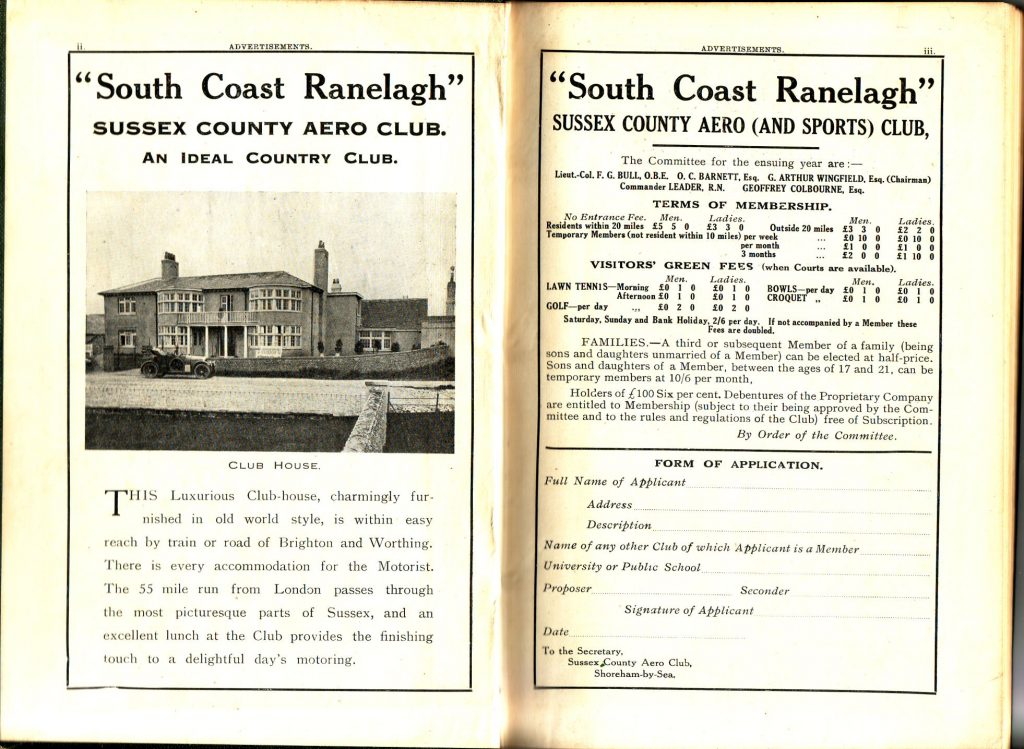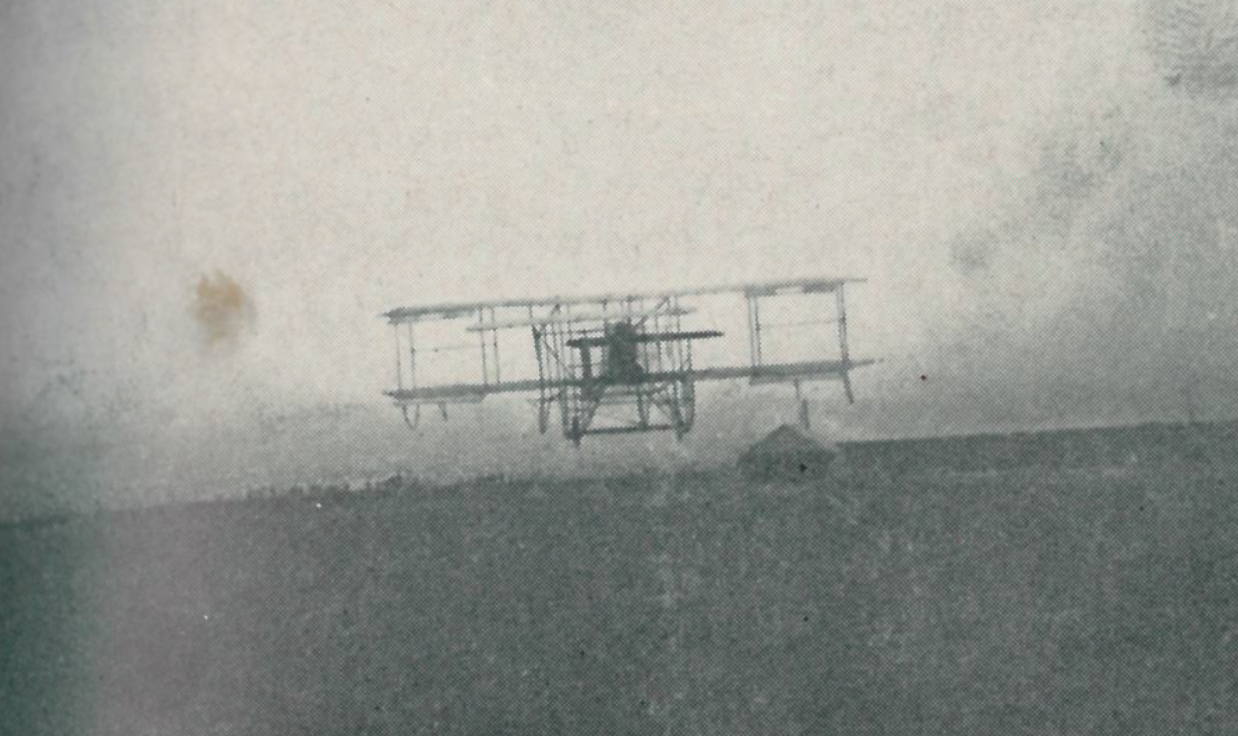
Andy Ramus wrote a comprehensive article in 7 parts on the development of aviation at Shoreham Airport. You can access each chapter below.

Andy Ramus wrote a comprehensive article in 7 parts on the development of aviation at Shoreham Airport. You can access each chapter below.
Bungalow Town Halt was opened in 1910 to serve the growing community of Shoreham Beach and the holiday camps at the Saltings. Latterly it was to serve the aerodrome immediately to the North, and station signage reflected this. The station was located 30 feet to the East of the rail bridge spanning New Salts Farm Road. It comprised two simple wooden platforms North and South of the tracks and wooden shelter. These were accessed by a steep footpath up the embankment from New Salts Farm Road. The station closed in 1933.
The station reopened as Shoreham Airport station in July 1935, principally to serve the new terminal building of Shoreham Airport. However after only 5 years the station was closed in July 1940.
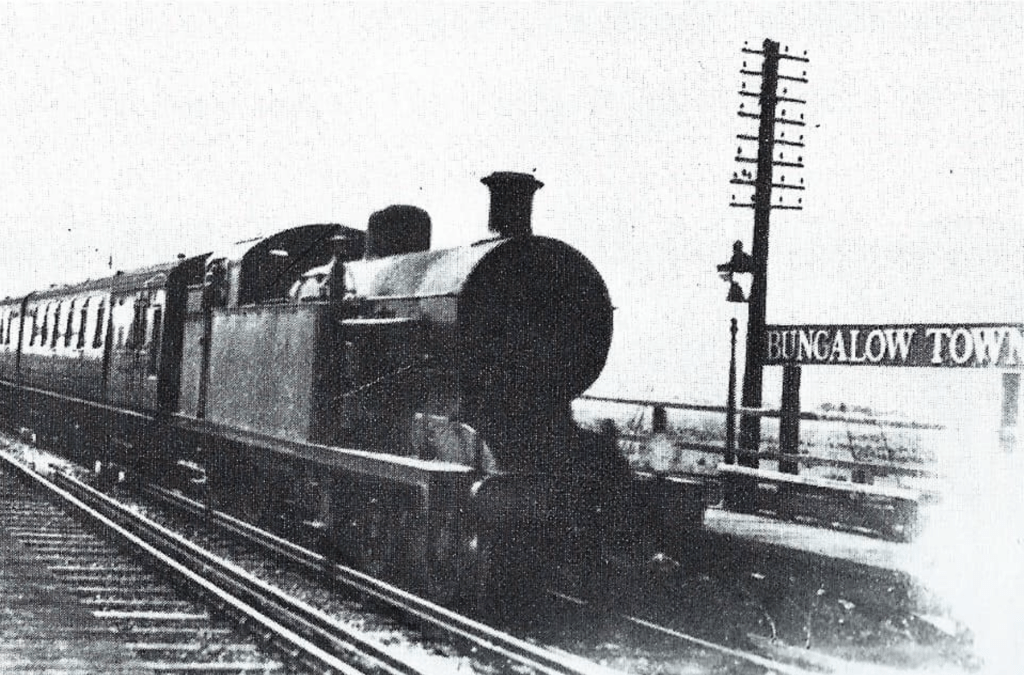
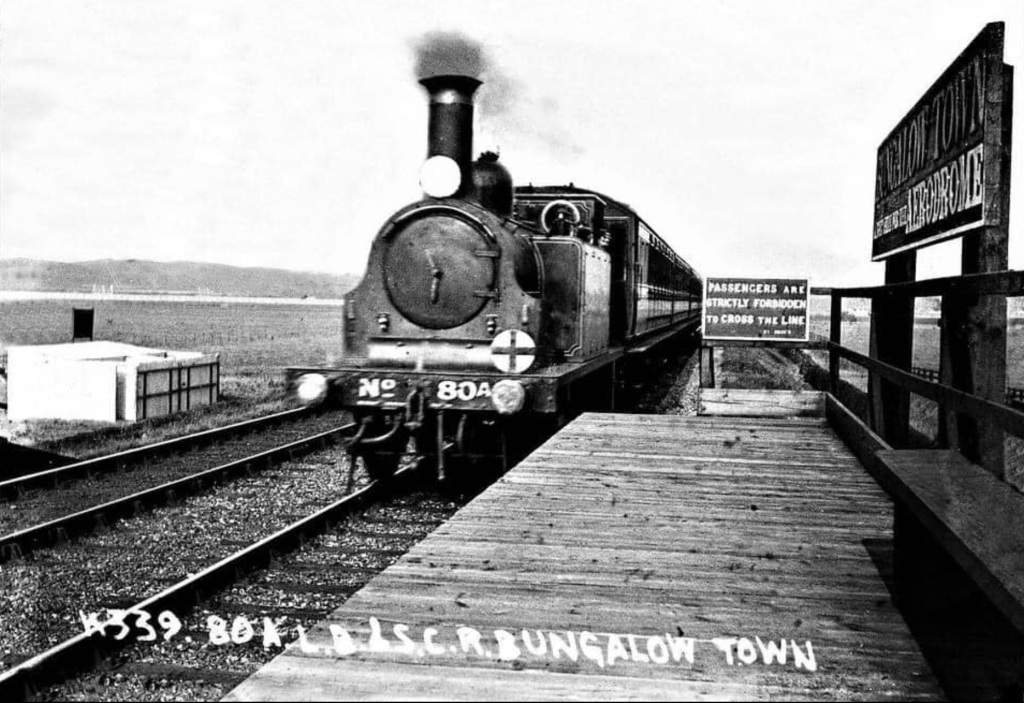
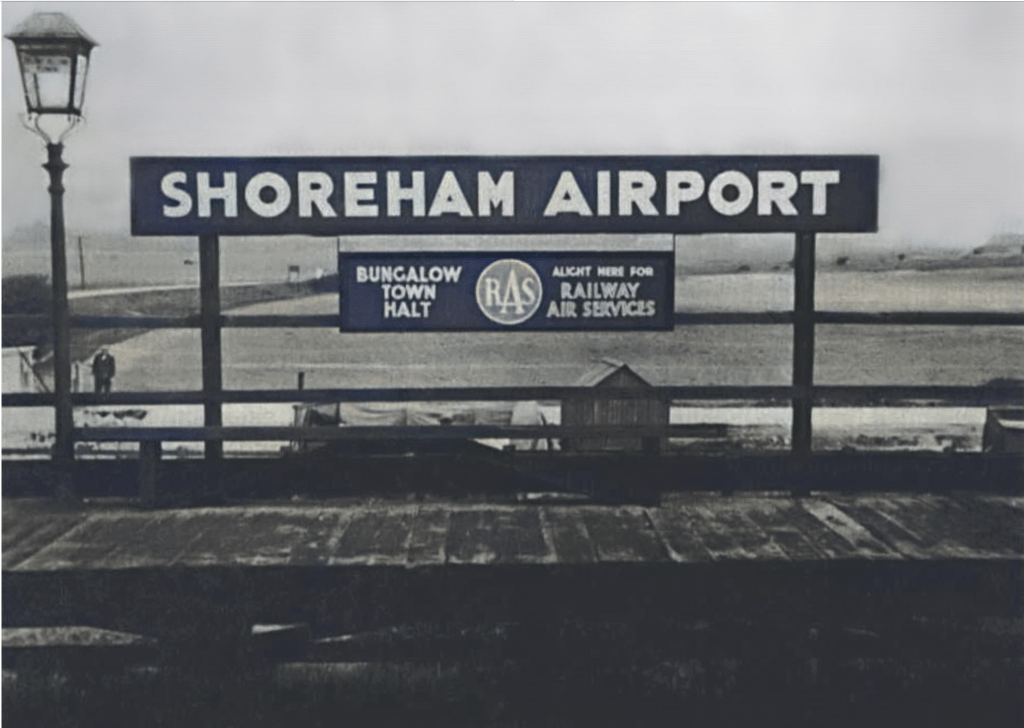
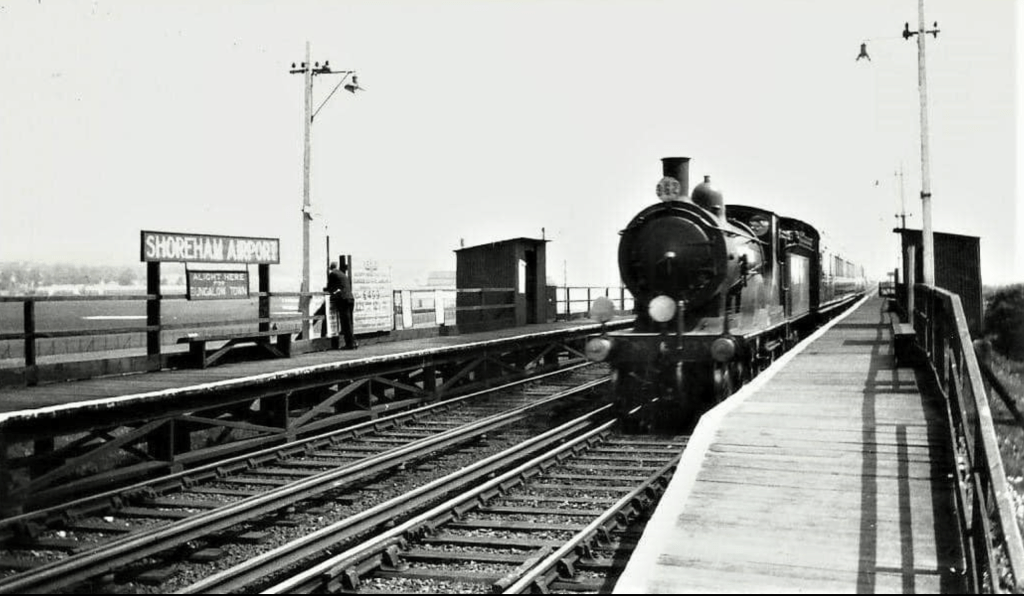
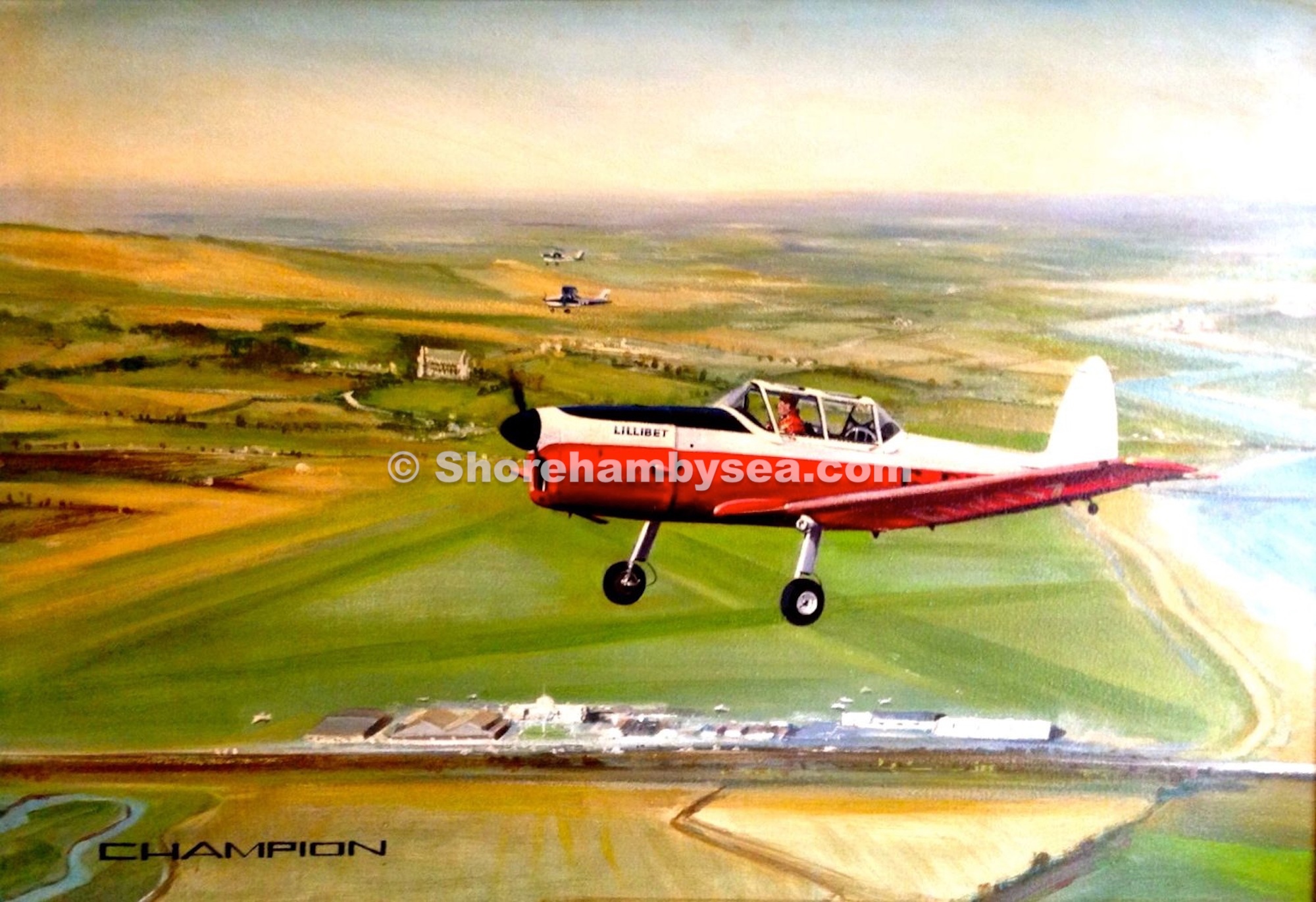
This is the history of a local Shoreham painting with its backstory. The painting is of Toon Ghose flying his De Havilland Chipmunk “Lillibet” over Shoreham Airport in the late 1970’s. This painting has for some time been present on the shorehambysea.com “Paintings” section, numbered B63. It was written with the aim of providing a provenance for the painting:
I remember seeing Toon at Shoreham Airport during the late 1970’s, just before my teenage years, where I was introduced to him by my cousin, Ashley (Ash) Roote. Ash learnt to fly at Shoreham and was a member of Toon’s flying club, where Toon also flew as an instructor. The Flying Club was called Toon Ghose Aviation, or TGA, and I well remember the TGA window stickers that were a ‘must have’ for ‘anybody who was anybody’ at the airport at the time!
Continue reading “Toon Ghose – Shoreham Airport Painting”This pdf map of the entire site shows the expansion and change of use of the fields over time from 1910 to 1950. Compiled from various sources and original research of Tim Webb “History of Shoreham Airport” Pub.1996
Continue reading “Shoreham Airport – a timeline of development”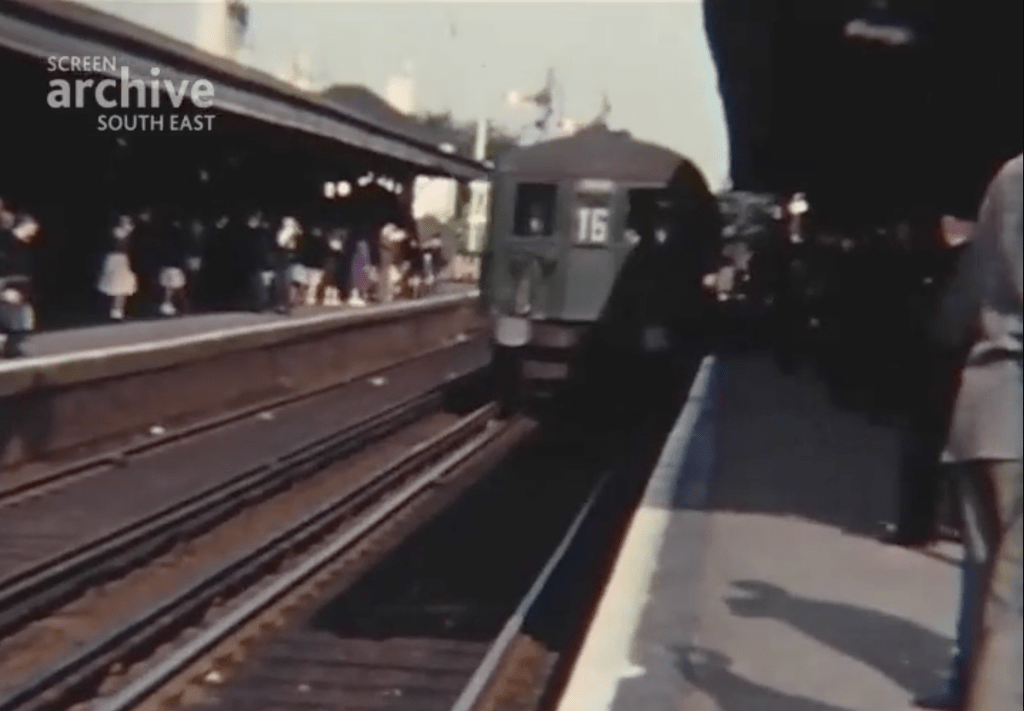
Shoreham Airport – Shoreham Peeps (1962)
Railway station and traffic on the streets – A River Runs Through Our Town (1962)
The beach and boats on the water – Shoreham Peeps (1962)
The harbour, followed by shops in the town including a butcher, postman, dustman and policeman – A River Runs Through Our Town (1962)
Winter scenes in the town centre – Shoreham Peeps (1962)
A collection from Alex Robertson. The early days of aviation at Shoreham.
For a detailed article on the earliest days of aviation at Shoreham visit here.
For a graphical timeline of the expansion of the aerodrome site visit here.
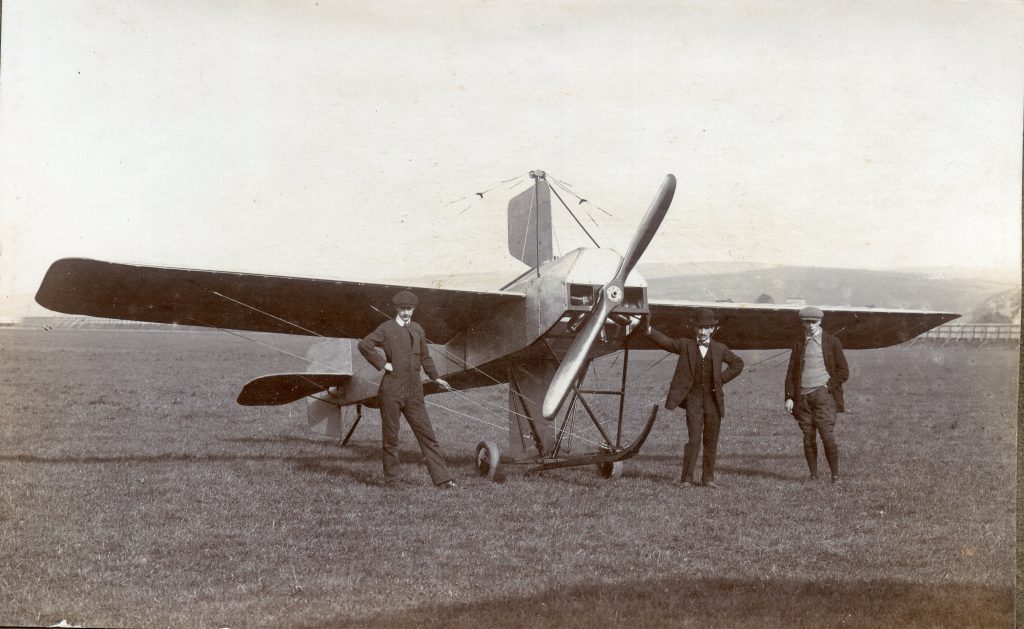
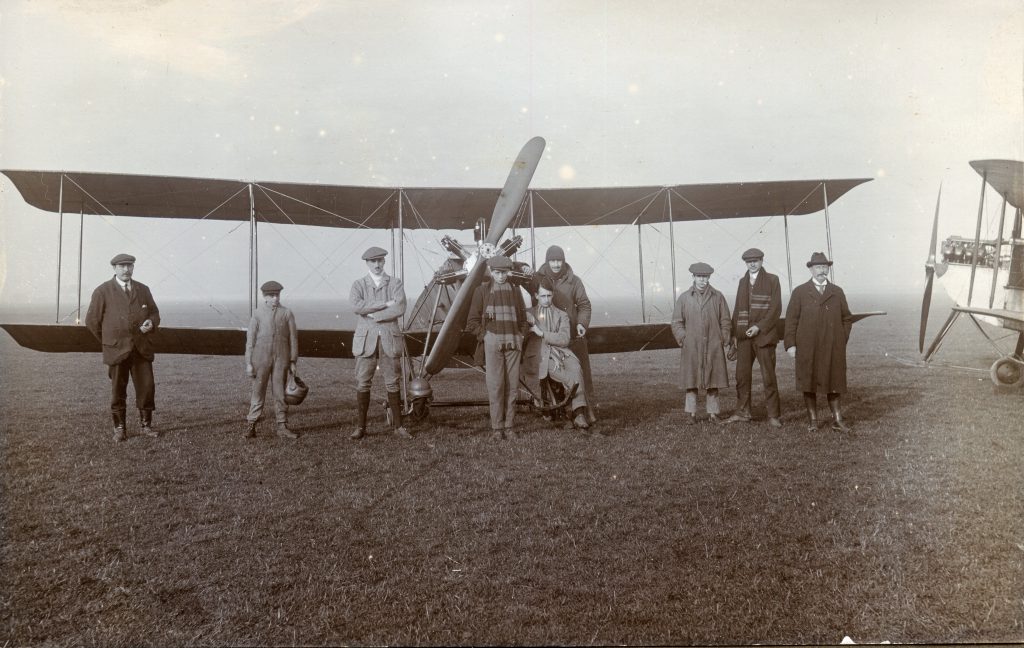
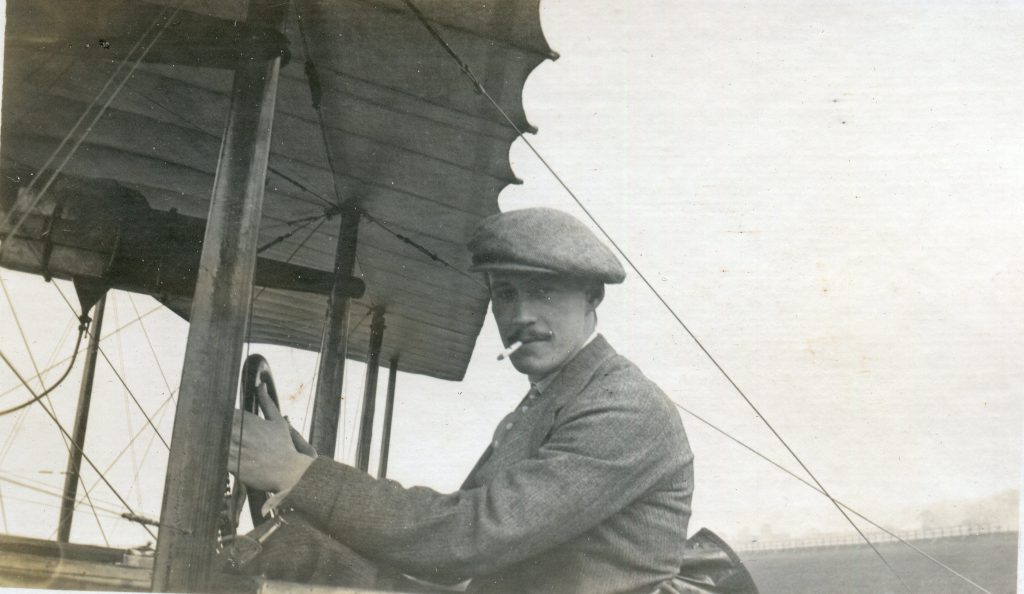
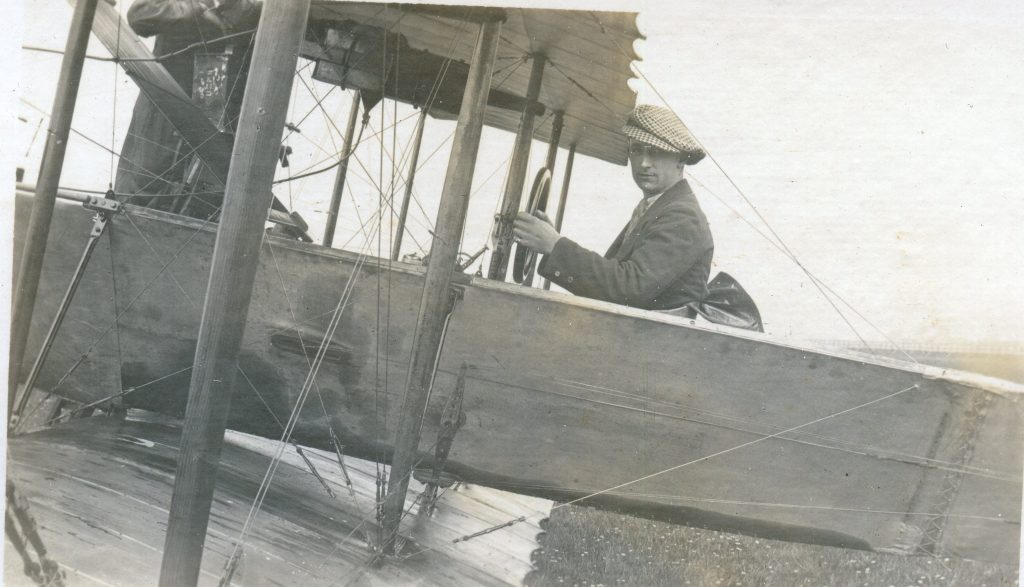
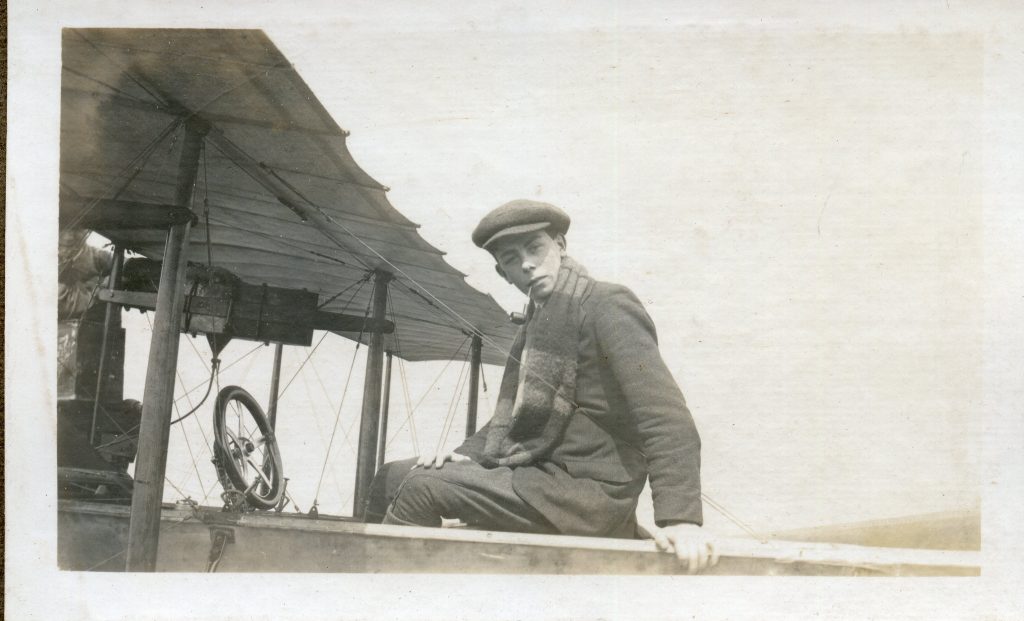
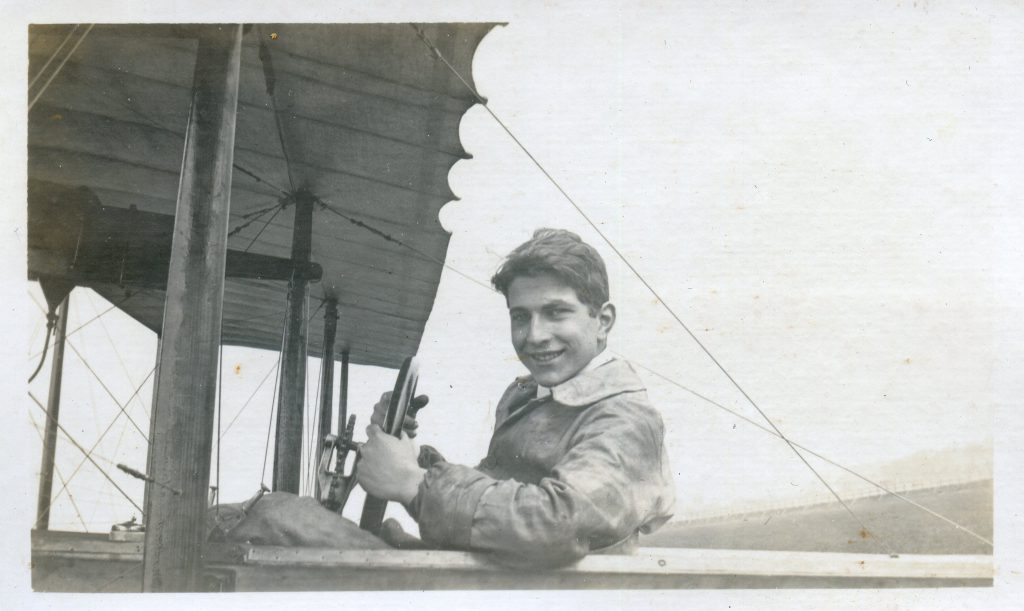
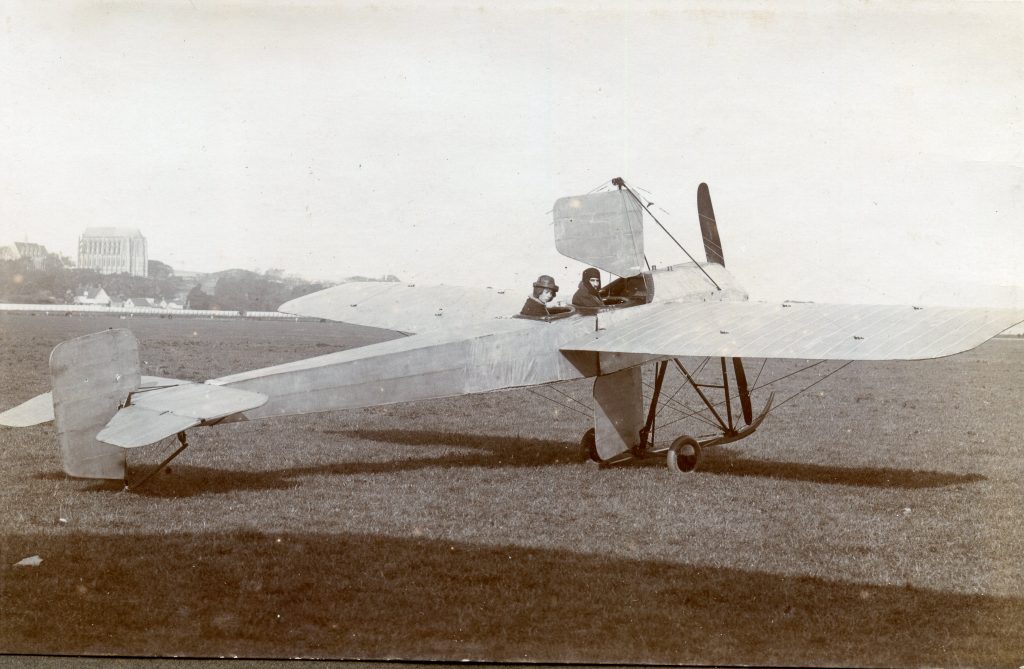
Nelson writes:
It’s been some time since I last saw this photo and don’t think it has ever appeared on our forum before – even if it has it is probably worth another look.
Lancing Clump in the background. Decorative board on the left probably advertising a new estate of houses and behind it the intended buildings have been staked out. In the centre is what appears to be a tractor surrounded by debris ……. until you realise the tractor has a propeller attached to it and uniformed (RAF?) men clamber on the wreckage to load broken aircraft wings on to a lorry. The aircraft looks much like an Airco DH9A used by the RAF from 1918 to 1931 that has come down in Lancing on an approach to the airport.
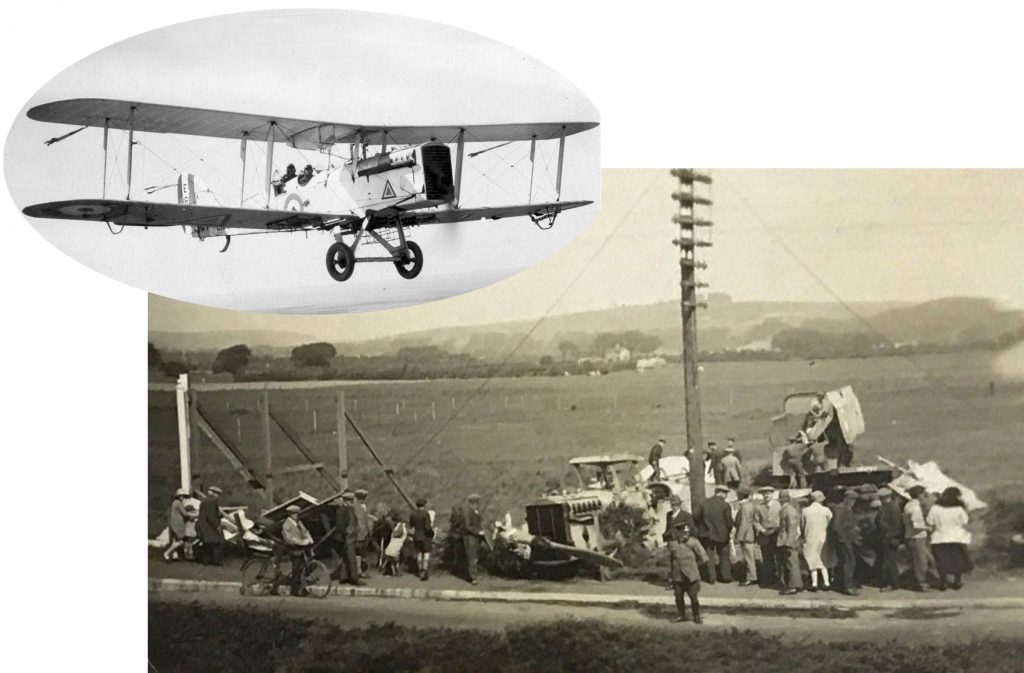
About 70 years between these two photos (c.1912 & 1980’s) not a precisely exact match but close enough for it to have been a near miss if both aircraft had been flying at the same time.
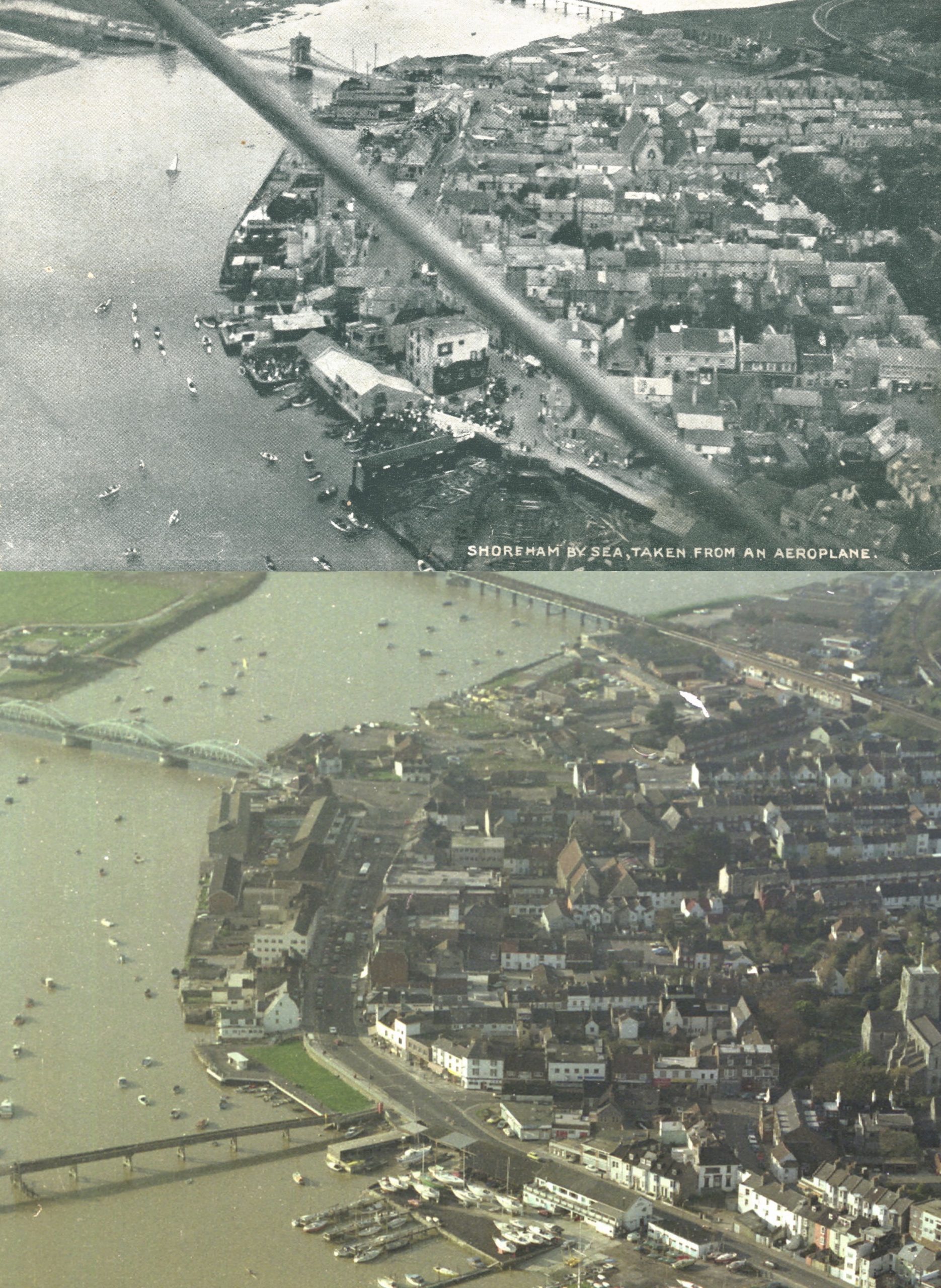
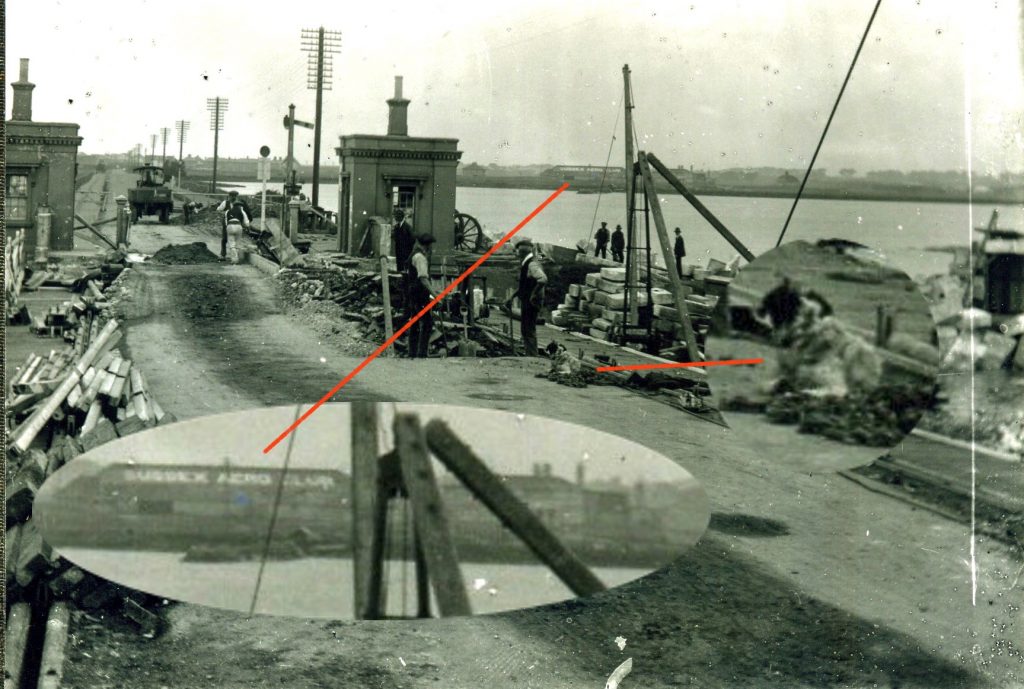
A little bit of hidden history in this photo. ‘The Sussex Aero Club’ painted on the roof of the barn next to New Salts farmhouse and the demolition of the original Norfolk Bridge tells us this is 1922 – a year when the airport was not in use and aircraft flew from Easters Field behind the barn.
Lofty adds:
Notice the railway-type signal at the approach to the bridge. This is operated via a chain that runs down the side of the signal and into the pavement.
I have always wondered – was this signal controlled from the nearby office/booth, or from the similar building located at the other (east) end of the bridge, thus allowing one-man operation to control the traffic ?
